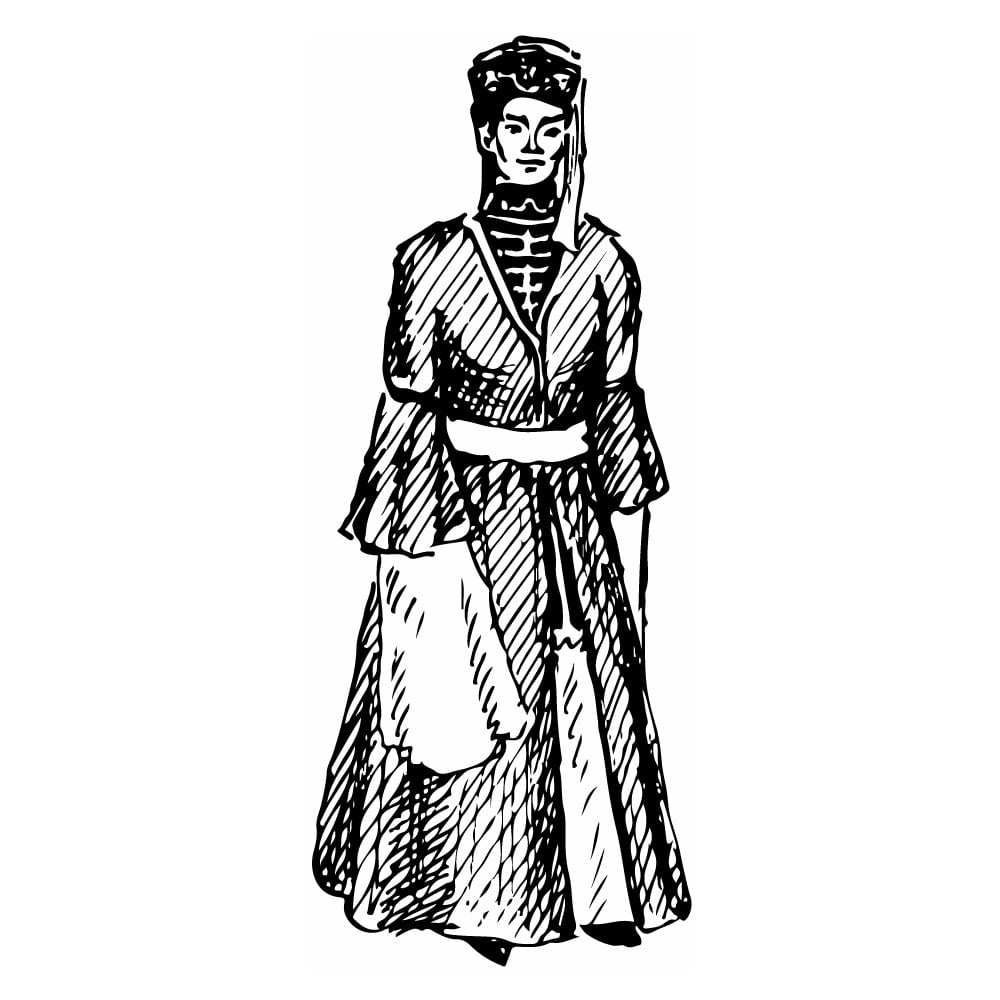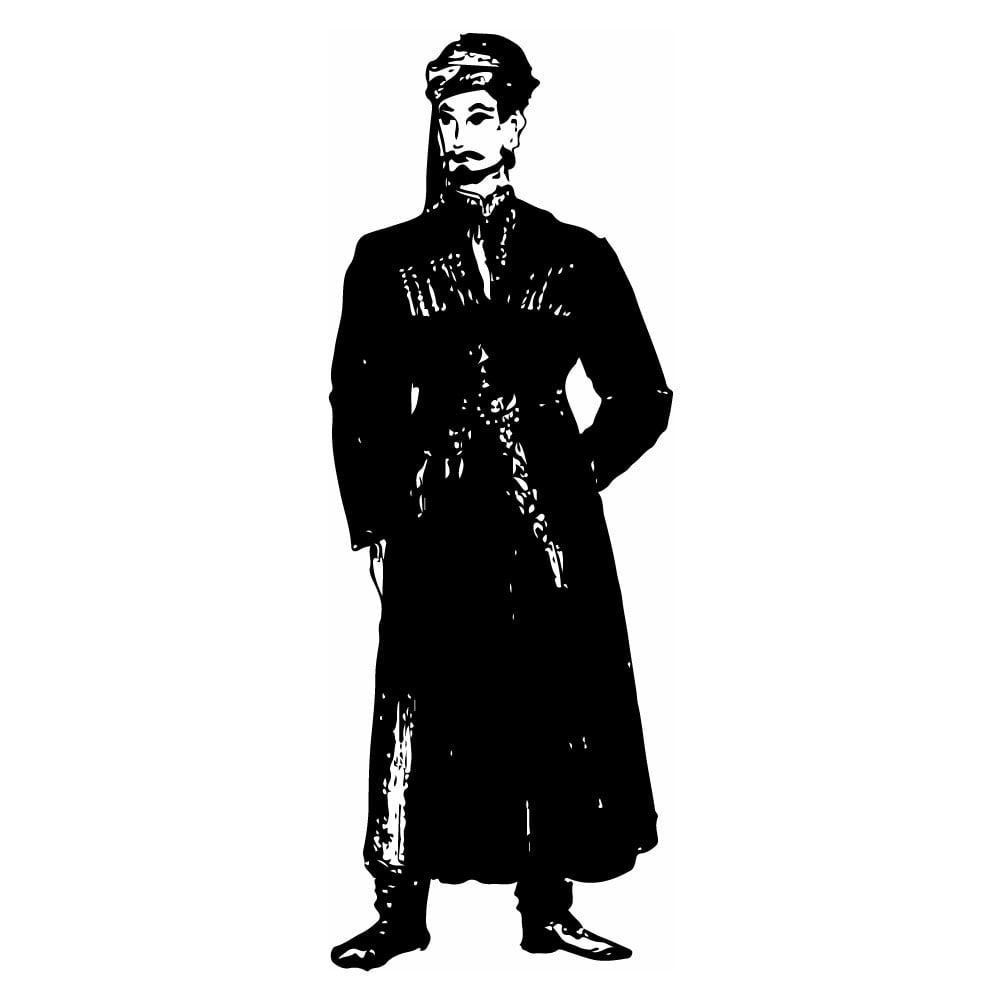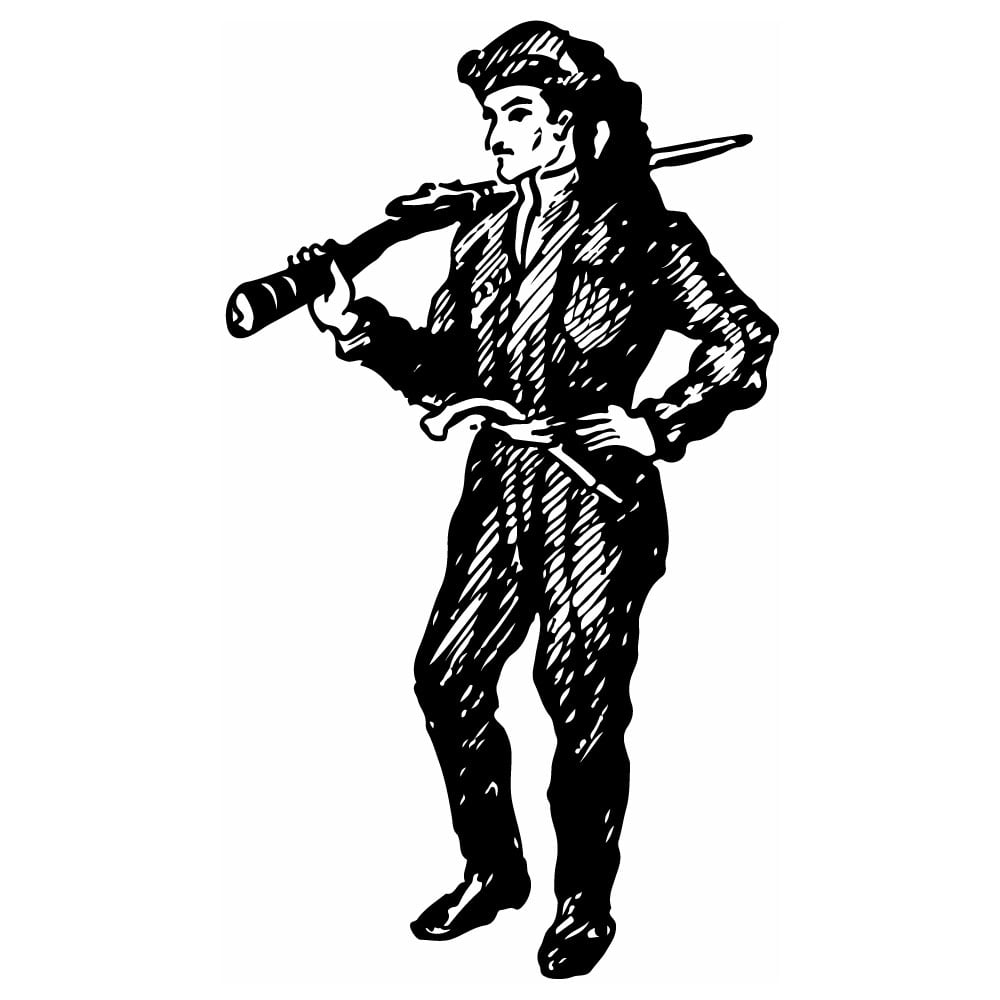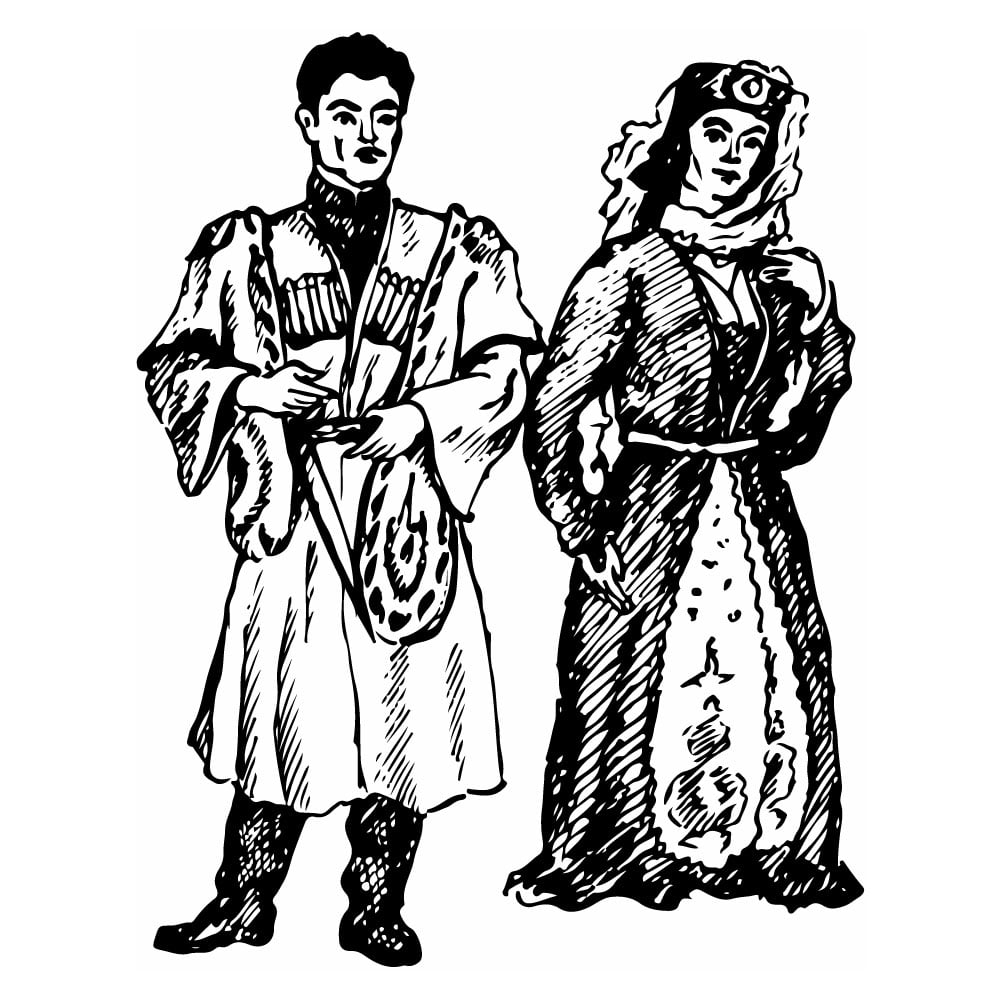Karachai
| Population | 158,000 |
| Language group | Kypchak Turkic |
| Language | Karachai-Balkar |
| Region | Karachai-Cherkessk Autonomous Region |
| Capital | Cherkessk |
| Religion | Islam/Sunnite |
*Population estimates for 1994
Native mountain tribes, which lived here since thousands of years ago, took part in the formation of the Karachai nationality during the thirteenth and fourteenth centuries, and also helped in the formation of the Anals, the Bulgarians, the Kypchaks, whose traditions are traced in the Karachai culture until the twentieth century.
The Karachai live in the very southern and the most alpine part of the autonomous region. Their auls (settlements) are spread along the rivers, canyons, and lowlands among the mountain ranges.
In previous times, the main occupation of the Karachai was cattle-breeding. Other occupations included farming and various other trades. Up until the middle of the nineteenth century, the Karachai kept up the feudal patriarchal relations. In 1922, the Karachai-Cherkessk autonomous region was formed. In 1943-1944, the Karachai were resettled to different regions of the Central Asia and Kazakhstan. In 1957, the autonomy of the region was restored. Almost all the Karachai returned to their native land.
In Karachai, the skills of folk art, gold embroidering, wood carving, and mat knitting were developed. The manufacturing of patterned felt and metal articles is still widespread today. The folklore is kept and passed through generations.
Karachai believers are Muslims-Sunnites.
This is Ad 1





























